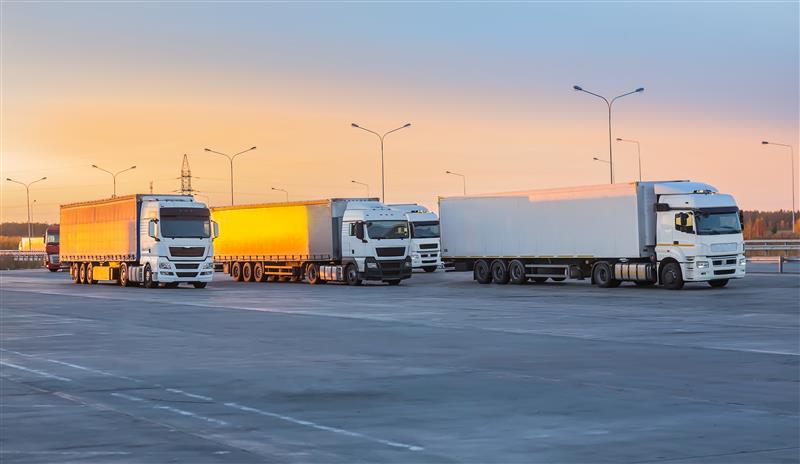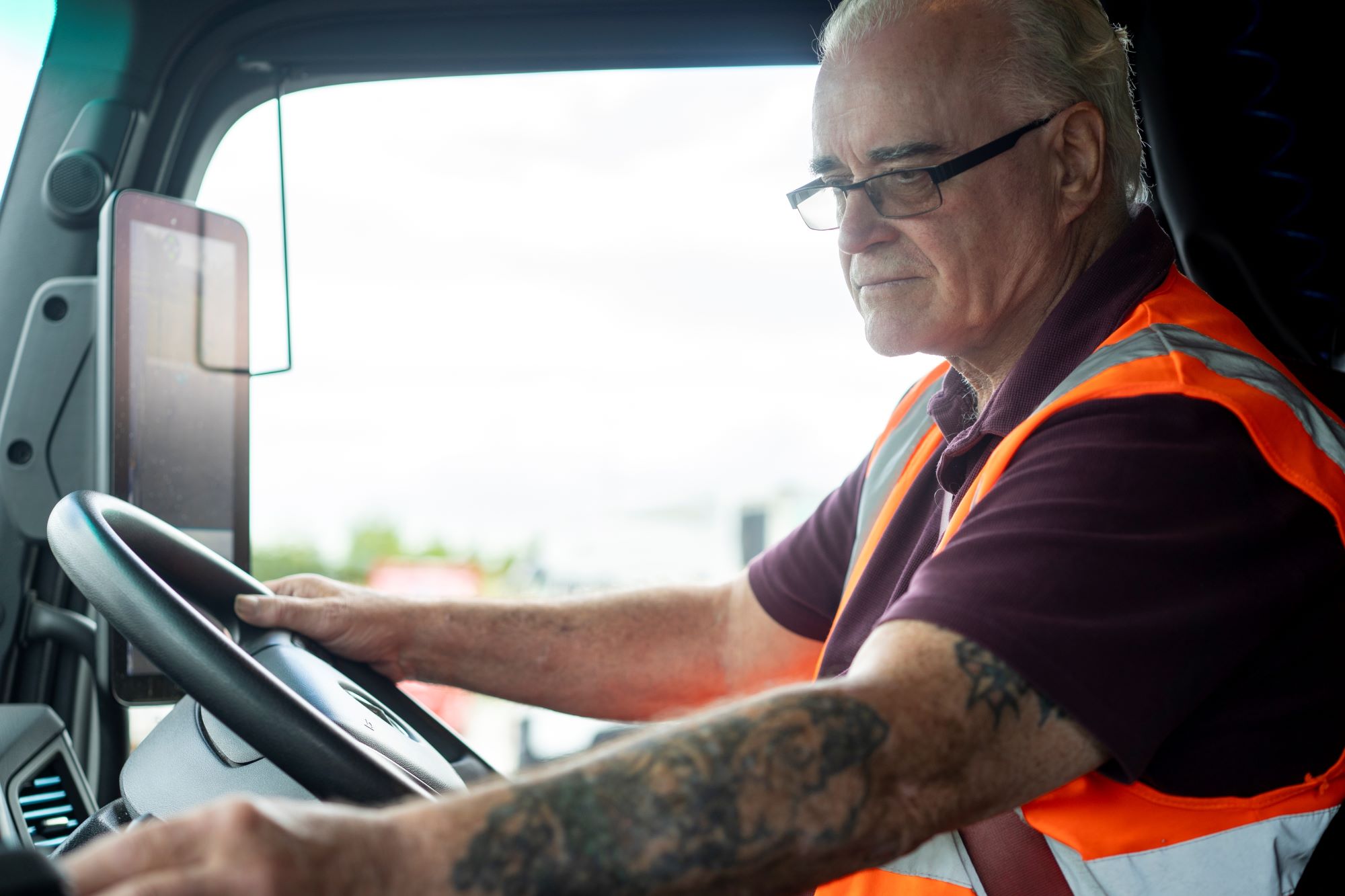
Guest
Могат ли камионите да се движат в Европа в неделя?
Създаден: 23.12.2024
•
Актуализирано: 23.12.2024
Преминаването през забраните за шофиране на камиони в неделя в Европа изисква цялостно разбиране на специфичните за всяка страна разпоредби, сезонните промени и ефективните стратегии. Като инвестират в задълбочено планиране на маршрутите, остават информирани, оптимизират операциите и използват технологиите, компаниите от автопаркове могат да смекчат въздействието на тези ограничения.
В този блог ще разгледаме различните правила в различни европейски държави и ще се запознаем с най-добрите начини за адаптиране към тях.
Специфични за страната разпоредби
Всяка страна има свои собствени закони относно забраната за шофиране в неделя и те могат да варират в широки граници.
Германия
От 12:00 до 22:00 часа в последния ден от седмицата не се разрешава движението на камиони, които надвишават 7,5 тона. Това обаче не е непременно възпиращ фактор. Комбинираните превози могат да се ползват от специални облекчения, като железопътният и автомобилният транспорт са разрешени на разстояние до 200 км от станции за товарене или разтоварване, а пристанищният или автомобилният транспорт е разрешен на разстояние до 150 км от пристанища. Освободено е и превозването на специфични бързо развалящи се стоки, като например прясно мляко, млечни продукти, месо, риба, плодове и зеленчуци.
Освен това забраната не се отнася за някои превозни средства и операции, като например аварийните превозни средства, които участват в услуги по възстановяване, теглене или авария.
Франция
На тази територия ограниченията за шофиране са подобни на тези в Германия и се прилагат за камиони над 7,5 тона. Тези ограничения важат в неделя и на официални празници от 12 до 22 часа.
Освен това има ограничения в събота и в деня преди националните празници, като шофирането е забранено от 22:00 до 24:00 часа. А през лятото определени съботи са забранени от 7:00 до 19:00 часа.
Съществуват изключения за някои стоки, включително млечни и месни продукти, както и за автомобили за спешна помощ. Нарушенията на тези забрани могат да доведат до значителни глоби, вариращи от 750 до 3750 евро съответно за физически лица и дружества.
Италия
В Италия камионите не могат да се движат по пътищата в неделя и на официални празници от 9:00 до 22:00 часа. Струва си да се отбележи, че през юни, юли, август и септември ембаргото започва по-рано - в 7 ч. сутринта, въпреки че все още приключва в 22 ч.
Страната налага и допълнителни ограничения през летните месеци. През юли има ембарго в събота от 8:00 до 16:00 ч., а през август то се удължава от 8:00 до 22:00 ч.
Макар че това са общите правила, важно е да знаете, че може да има местни промени или временни ограничения по определени маршрути. Подобно на Франция и Германия, някои изключения могат да се прилагат и за специфични видове стоки или спешни услуги.
Испания
Що се отнася до Испания, тук сценарият е много по-сложен. Има множество регионални забрани, особено в Каталуния. Ограниченията за шофиране на камиони могат да се променят в зависимост от местните разпоредби, официалните празници и конкретните маршрути. Водачите на камиони, които работят тук, трябва да се консултират с местните указания, за да гарантират спазването им.
Освен забраните за работа в неделя и по празниците, през летните месеци има ограничения и за някои съботи. Те обикновено се прилагат от 8 до 12 часа, особено през юли и август, когато трафикът е по-интензивен заради почиващите.
Други държави
Що се отнася до други европейски държави, има много такива, които също прилагат собствени забрани за шофиране в неделя. В Австрия например камионите с тегло над 7,5 тона не могат да се движат по пътищата в неделя от 12 до 22 часа. Швейцария поддържа нещо подобно, като превозните средства над 3,5 тона не могат да се движат през целия ден.

Стратегии за компаниите от автопарка
За да се справите с ограниченията за шофиране на камиони в неделя, ефективното планиране на маршрута е от решаващо значение. С помощта на съвременни технологии и стратегическо мислене операторите на автопаркове могат да оптимизират процесите си.
Използване на GPS и софтуер за планиране на маршрути
Използването на съвременни GPS системи и софтуер за планиране на маршрути дава възможност на автопарковете и техните водачи да определят най-ефективните пътувания, като избягват районите със забрана за шофиране. Тези инструменти могат да предоставят актуална информация в реално време за пътната обстановка, като гарантират, че водачите на камиони могат да вземат информирани решения в движение.
Разгледайте алтернативни маршрути
Друга идея е да проучите различни начини за достигане до въпросното място. Въпреки че може да е изкушаващо да се придържате към най-прекия път, алтернативните маршрути често могат да спестят време и да избегнат потенциални глоби. Такива обходни маршрути може да са малко по-дълги, но могат да помогнат за заобикаляне на райони със строги ембарго, което позволява по-гладка работа.
План за закъснения
Като се има предвид възможността за забавяния, причинени от задръствания по пътищата или от ембарго за шофьорите, е разумно компаниите за автопаркове да предвидят допълнително време в графиците си. Проактивният подход осигурява по-добра възможност доставките да останат навременни - дори при неочаквани предизвикателства.
Бъдете информирани
Актуализирането на нормативната уредба и условията на движение в реално време е също толкова важно. Ето защо е разумно да използвате специални приложения и уебсайтове - те предоставят на водачите на камиони актуална информация в реално време за затворени пътища, произшествия и задръствания, което им позволява да правят корекции в маршрутите и да избягват закъснения.
Много транспортни асоциации и доставчици на логистични услуги предлагат абонаментни услуги за предупреждения за пътната обстановка. Като се абонират за тези известия, операторите на автопаркове могат да получават информация за всички промени в правилата за движение, като се уверят, че ги спазват.
Използване на технологиите
Използването на технологиите може да повиши оперативната ефективност и спазването на правилата за времето на шофиране.
Телематичните системи позволяват на компаниите, занимаващи се с автопаркове, да следят местоположението на автомобилите, разхода на гориво и поведението на водачите. Данните могат да бъдат безценни за оптимизиране на маршрутите. Нещо повече, воденето на цифрови дневници опростява воденето на записите, а това ще осигури важна документация в случай на одит.
Също толкова важна е технологията за опростяване на плащанията - и точно тук SNAP може да помогне.
Регистрирайте се в SNAP
Независимо дали търсите безопасен паркинг, миене на камиони или други услуги за вашия автопарк, нашите решения правят плащането за тях много по-удобно. Разгледайте какво може да ви предложи SNAP днес.



